November 12, 1980: Voyager 1 Made Its Closest Approach To Saturn, Flying Within 124,000 Kilometers (77,000

November 12, 1980: Voyager 1 made its closest approach to Saturn, flying within 124,000 kilometers (77,000 miles) of the ringed planet.
More Posts from Ad-astra-affecte-spe and Others

Nu Scorpii
One of the most interesting areas of the night sky, Scorpius holds a myriad of nebula and beautifully contrasting coloured stars.
Moving towards the tail, you'll find Nu Scorpii a binary star system 7 stars.

If that alone isn't enough to get your mind wondering how all these stars are orbiting each other, the star system itself is the eye of a horses head ! Albeit a nebulous head.

IC 4592 is a reflective nebula, with the blue light reflected from fine dust, that blue light is coming from the Nu Scorpii system above.
Pull out and you'll see the whole region contains many star forming areas with reflective features.


Eruption of Tvashtar volcano on Jupiter's moon Io (March 1, 2007)
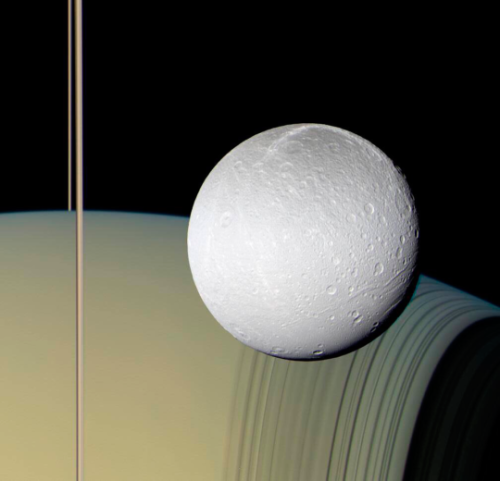
an actual true color photograph showing Saturn, its rings, and one of its moons taken by the Cassini space probe orbiting 23.8k miles away, October 11, 2005

Setting Sail to Travel Through Space: 5 Things to Know about our New Mission
Our Advanced Composite Solar Sail System will launch aboard Rocket Lab’s Electron rocket from the company’s Launch Complex 1 in Māhia, New Zealand no earlier than April 23, at 6 p.m. EDT. This mission will demonstrate the use of innovative materials and structures to deploy a next-generation solar sail from a CubeSat in low Earth orbit.
Here are five things to know about this upcoming mission:
1. Sailing on Sunshine
Solar sails use the pressure of sunlight for propulsion much like sailboats harness the wind, eliminating the need for rocket fuel after the spacecraft has launched. If all goes according to plan, this technology demonstration will help us test how the solar sail shape and design work in different orbits.

2. Small Package, Big Impact
The Advanced Composite Solar Sail System spacecraft is a CubeSat the size of a microwave, but when the package inside is fully unfurled, it will measure about 860 square feet (80 square meters) which is about the size of six parking spots. Once fully deployed, it will be the biggest, functional solar sail system – capable of controlled propulsion maneuvers – to be tested in space.

3. Second NASA Solar Sail in Space
If successful, the Advanced Composite Solar Sail System will be the second NASA solar sail to deploy in space, and not only will it be much larger, but this system will also test navigation capabilities to change the spacecraft’s orbit. This will help us gather data for future missions with even larger sails.

4. BOOM: Stronger, Lighter Booms
Just like a sailboat mast supports its cloth sails, a solar sail has support beams called booms that provide structure. The Advanced Composite Solar Sail System mission’s primary objective is to deploy a new type of boom. These booms are made from flexible polymer and carbon fiber materials that are stiffer and 75% lighter than previous boom designs. They can also be flattened and rolled like a tape measure. Two booms spanning the diagonal of the square (23 feet or about 7 meters in length) could be rolled up and fit into the palm of your hand!

5. It’s a bird...it’s a plane...it’s our solar sail!
About one to two months after launch, the Advanced Composite Solar Sail System spacecraft will deploy its booms and unfurl its solar sail. Because of its large size and reflective material, the spacecraft may be visible from Earth with the naked eye if the lighting conditions and orientation are just right!
To learn more about this mission that will inform future space travel and expand our understanding of our Sun and solar system, visit https://www.nasa.gov/mission/acs3/.
Make sure to follow us on Tumblr for your regular dose of space!
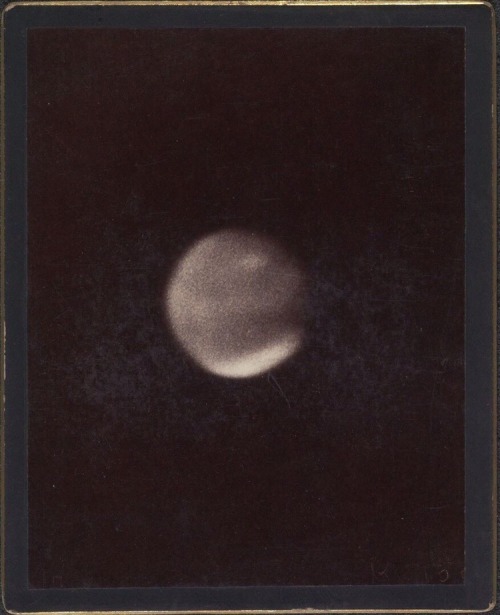
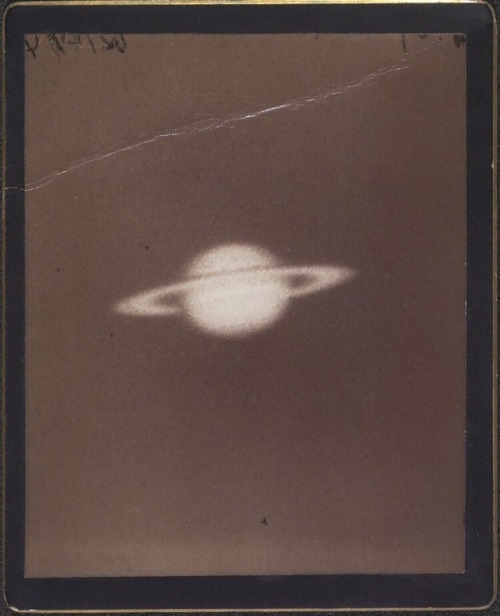
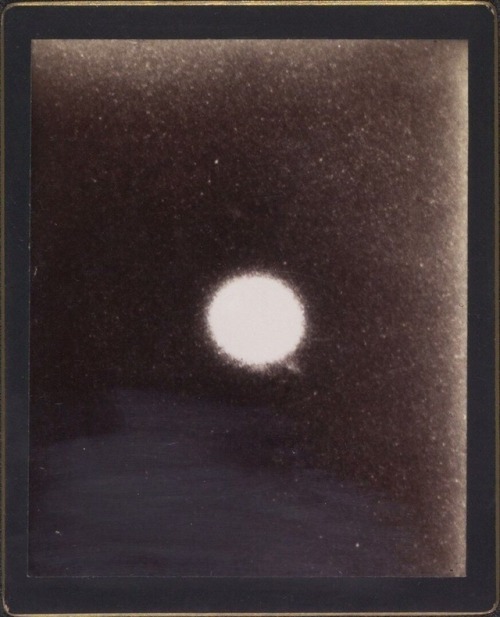
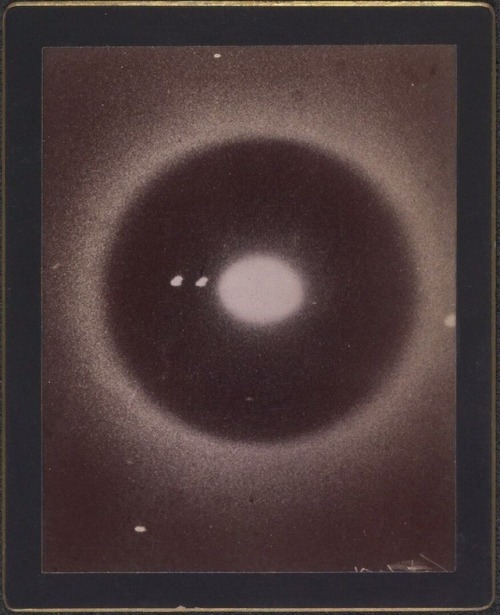
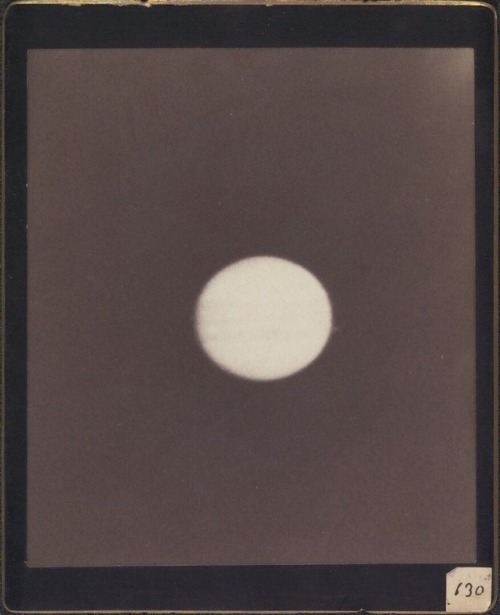
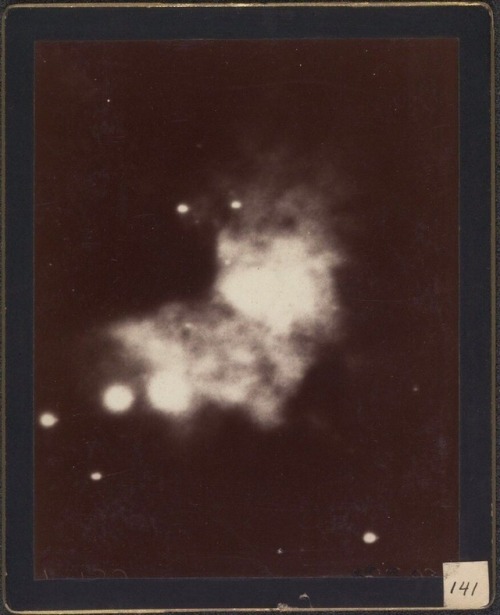
Astronomical photographs, Harvard College Observatory, Cambridge, 1890-1920

NASA’s Webb, Hubble Combine to Create Most Colorful View of Universe by James Webb Space Telescope
I'm having too much fun taking Skye sky photos on a cloudless winter's night. From May until the end of July it doesn't get dark enough for stars. (Pixel 5 in Night Mode / Astrophotography AI on.)






Lunar Occultation of Venus l Roger Hyman
-
 bella-greca reblogged this · 3 weeks ago
bella-greca reblogged this · 3 weeks ago -
 chocolatedreamercandy liked this · 1 month ago
chocolatedreamercandy liked this · 1 month ago -
 sputnik111 reblogged this · 1 month ago
sputnik111 reblogged this · 1 month ago -
 sputnik111 liked this · 1 month ago
sputnik111 liked this · 1 month ago -
 desertowlsclover reblogged this · 1 month ago
desertowlsclover reblogged this · 1 month ago -
 tech13omega liked this · 1 month ago
tech13omega liked this · 1 month ago -
 h-uny reblogged this · 1 month ago
h-uny reblogged this · 1 month ago -
 h-uny liked this · 1 month ago
h-uny liked this · 1 month ago -
 agoth-ay reblogged this · 2 months ago
agoth-ay reblogged this · 2 months ago -
 agoth-ay liked this · 2 months ago
agoth-ay liked this · 2 months ago -
 s4ilor-v3nus reblogged this · 2 months ago
s4ilor-v3nus reblogged this · 2 months ago -
 aloeforthesoul reblogged this · 3 months ago
aloeforthesoul reblogged this · 3 months ago -
 feel-the-ultraviolence reblogged this · 3 months ago
feel-the-ultraviolence reblogged this · 3 months ago -
 feel-the-ultraviolence liked this · 3 months ago
feel-the-ultraviolence liked this · 3 months ago -
 john-sea-lily reblogged this · 3 months ago
john-sea-lily reblogged this · 3 months ago -
 3inthemorningwife liked this · 3 months ago
3inthemorningwife liked this · 3 months ago -
 mickeesthoughts liked this · 3 months ago
mickeesthoughts liked this · 3 months ago -
 karmicgold liked this · 3 months ago
karmicgold liked this · 3 months ago -
 whaletailradio reblogged this · 3 months ago
whaletailradio reblogged this · 3 months ago -
 actiondatsun liked this · 4 months ago
actiondatsun liked this · 4 months ago -
 m-00-ndingochan reblogged this · 4 months ago
m-00-ndingochan reblogged this · 4 months ago -
 vousetesicii reblogged this · 4 months ago
vousetesicii reblogged this · 4 months ago -
 vousetesicii liked this · 4 months ago
vousetesicii liked this · 4 months ago -
 father-of-the-void reblogged this · 4 months ago
father-of-the-void reblogged this · 4 months ago -
 beastcortez reblogged this · 4 months ago
beastcortez reblogged this · 4 months ago -
 beastcortez liked this · 4 months ago
beastcortez liked this · 4 months ago -
 anonymous1con liked this · 4 months ago
anonymous1con liked this · 4 months ago -
 neacarax reblogged this · 4 months ago
neacarax reblogged this · 4 months ago -
 aslutforequalrights liked this · 5 months ago
aslutforequalrights liked this · 5 months ago -
 reasoningdaily reblogged this · 5 months ago
reasoningdaily reblogged this · 5 months ago -
 silver9mm reblogged this · 5 months ago
silver9mm reblogged this · 5 months ago -
 seasonofthewitch06 liked this · 5 months ago
seasonofthewitch06 liked this · 5 months ago -
 bobs-cool-stuff reblogged this · 5 months ago
bobs-cool-stuff reblogged this · 5 months ago -
 dog5504 liked this · 5 months ago
dog5504 liked this · 5 months ago -
 two-eleven-thirty-four liked this · 6 months ago
two-eleven-thirty-four liked this · 6 months ago -
 transgenderuwo reblogged this · 6 months ago
transgenderuwo reblogged this · 6 months ago -
 you-are-not-real reblogged this · 6 months ago
you-are-not-real reblogged this · 6 months ago -
 you-are-not-real liked this · 6 months ago
you-are-not-real liked this · 6 months ago -
 chronciallychill-coyote reblogged this · 6 months ago
chronciallychill-coyote reblogged this · 6 months ago -
 blunt-force-therapy reblogged this · 6 months ago
blunt-force-therapy reblogged this · 6 months ago -
 blunt-force-therapy liked this · 6 months ago
blunt-force-therapy liked this · 6 months ago -
 sicut-anima reblogged this · 6 months ago
sicut-anima reblogged this · 6 months ago -
 sicut-anima liked this · 6 months ago
sicut-anima liked this · 6 months ago -
 studdedblurb reblogged this · 6 months ago
studdedblurb reblogged this · 6 months ago

★•Astronomy, Physics, and Aerospace•★ Original and Reblogged Content curated by a NASA Solar System Ambassador
204 posts


